Cats did their best trying to fit in our lives. Cats learned to meow in order to communicate with us and they’ve understand how to get our attention by follow us or rubbing and purring on our legs. Sometimes they even bite to seek the attention and it works! It is not always easy to figure out what they want. Here’s a quick guide to understanding how your cat communicates. We hope it will help your relationship with your pet.
23. Memories As a Kitten
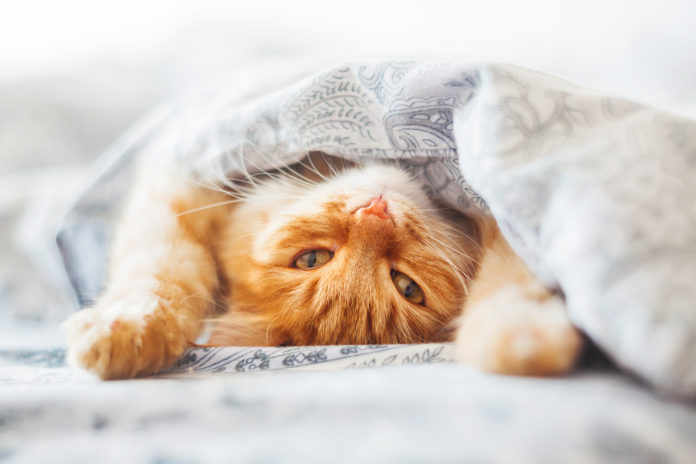
A kitten gives you a tongue bath because he accepts you as a member of his family and feels completely safe when he is with you. It remembers how its mother cleaned him when it was a kitten and now continues what it has learned, only with the reversed roles. Your cat takes care of you in the best way he knows – keeping you clean and claiming that you are his own.
22. Teat Substitute
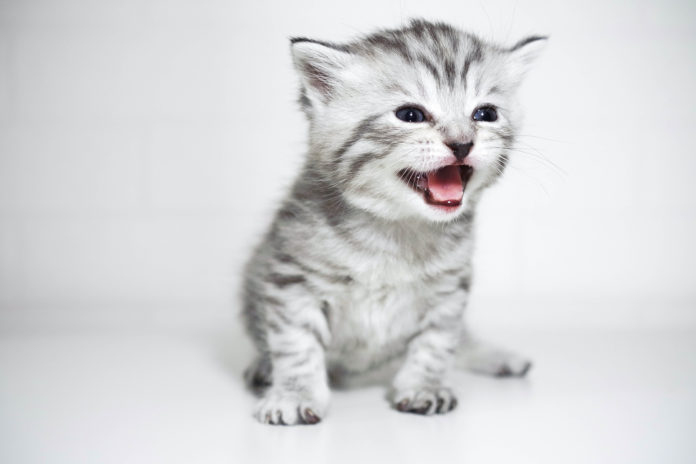
Cats who have been weaned too soon or who have been orphaned develop an oral fixation that turns them into excessive lickers. They missed their fair share of breastfeeding and without proper stopping, licking is the closest they can get to the soothing comfort that breastfeeding gave them. Another sign of early weaning is kneading accompanied by purring of satisfaction and what looks like a smile on his face.
21. Licking is Like Kneading
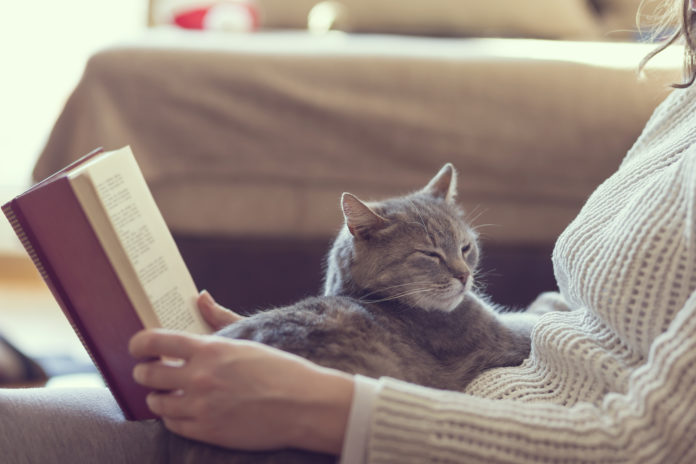
For a cat, licking his owner is his own version of taking care of you. Kneading and licking is a form of affection for him. Since he can not take care of you, he licks you instead. He has no idea that his tongue hurts a bit, though.
20. Maintain Group Cohesion
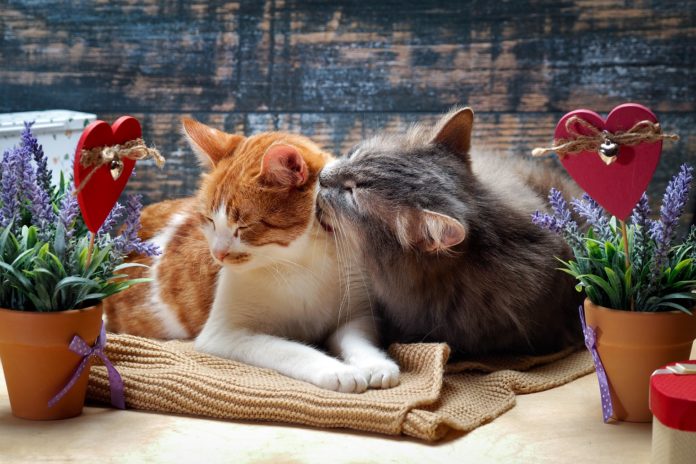
It is common for cats to lick each other. It’s a sign of solidarity; a cat will help another to wash hard to reach places or to help an older cat or handicapped who would have trouble to wash himself. It’s part of educating cats to lick another so it’s normal to find the same behavior on you, since you’re now part of your group.
19. Translate a Pathology
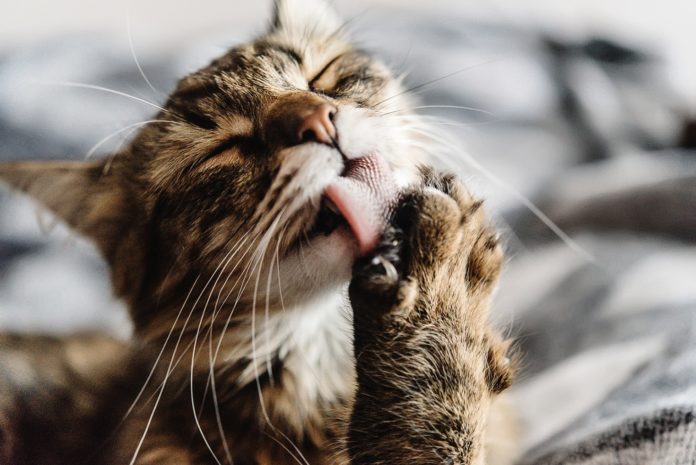
There is a pathology, name feline hyperesthesia, which exacerbates the sensitivity of the different senses of a cat. This pathology can include excessive licking onto his back, legs and the base of his tail, but it can also happen that he turns to his owner and he licks it sickly.
18. Predation or Self-defense?
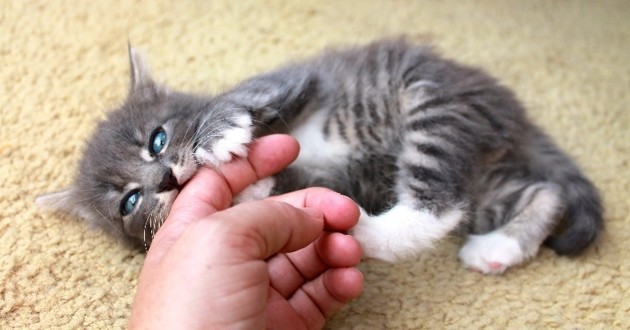
It is important to remember that biting can be an aggressive act ranging from predation to self-defense. You will likely recognize an aggressive bite as it will be vigorous and accompanied by hostile facial expression (rearward facing ears and narrow facial features). A grunt, whistling, or other vocalization may indicate an aggressive bite. Any real aggression in a pet should be studied by a behavioral veterinarian to protect the cat and the people.
17. Reaction from a Smell
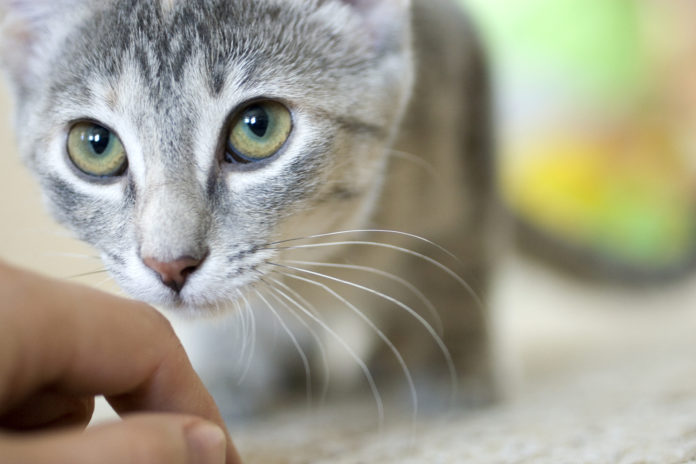
Cats are very reactive to specific odors or an unusual smell. A simple example is their excitement to a cane of tuna. If you have a cat, you have certainly experienced this situation where you open a cane of tuna and your cat becomes a tad crazy. Of course, if your hands have been in contact with tuna, for example, there is a good chance that they will smell. Your cat will therefore imperatively lick you.
16. When He Has Enough
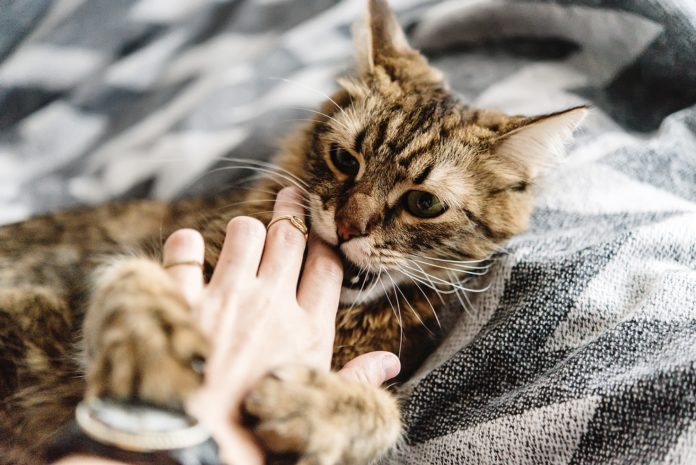
Have you ever heard of the type of cat who likes to be pet but also like to bit? This is a cat that will come on you to get some snuggle time, but who wants to decide himself how long it’s going to last. Indeed, if a cat licks you while you are flattering him, he wants to signify that it’s enough. If you do not stop, it will start biting you.
15. Strong anxiety
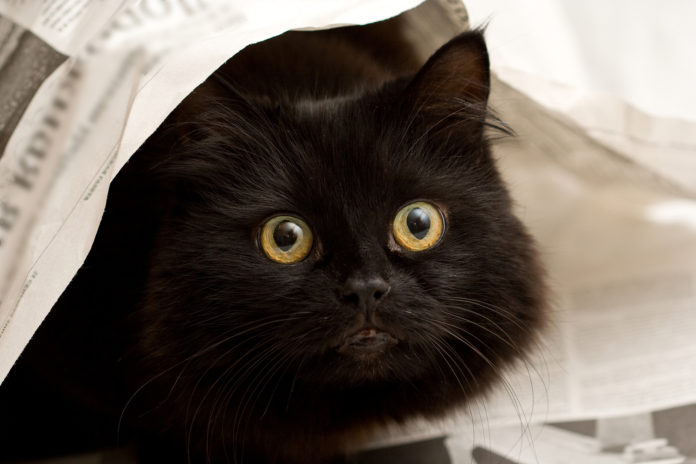
When a kitten is particularly anxious, he can begin to compulsively lick. This is a good indication that he must be caressed and cuddled to reduce his stress. If your cat seems to be constantly licking, try to give it more attention and affection to soothe it and decrease the licking episodes.
14. Why Does It Hurt?
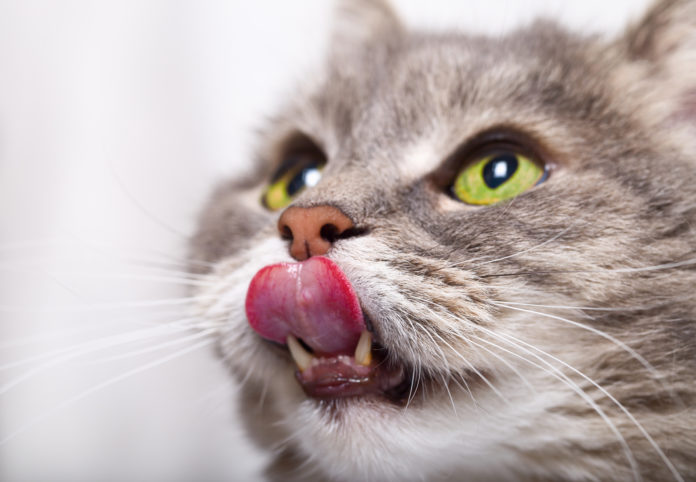
Your cat’s tongue is specially designed for thorough cleaning and for the removal of dirt and loose hair. Any cat owner who likes to lick their hair is well aware that the feline’s powerful tongue is able to actually remove incredible amounts of hair. This ability comes from the taste buds that cover it: hooks that turn back and are made of keratin, which is also the material whose claws are made. The taste buds actually work as a comb to separate the hairs and furs to access the dirt underneath.
13. Non-licking area

While her reasons for licking are comforting and the past explaining this craze is a bit sad, none of this will help your skin feel better after passing the cat’s crocheted tongue. When her licking becomes too recurrent, give her a small massage, a little more intense than just hugs on the surface or, if another part of your body wants an exfoliation, redirect it there. But you must never reprimand him or punish him for doing what comes naturally to him. Distracting with a catnip toy or throwing small balls across the room is a much more effective way to focus your attention elsewhere. It must know that you understand.
12. Jumping Around
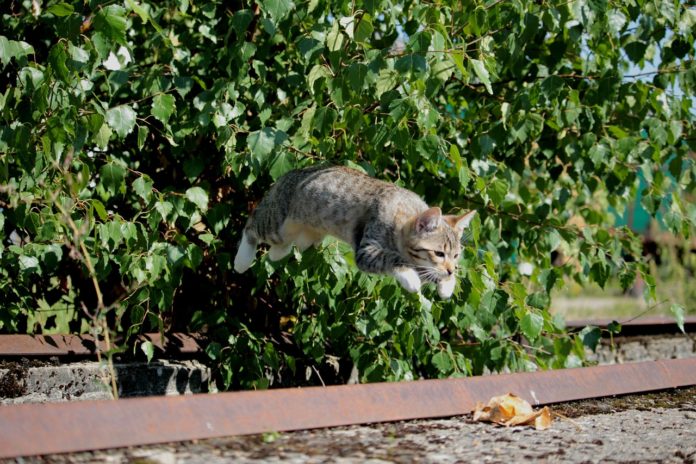
Seeing your cat running at full speed, then jumping to places like your couch could be scary, but the fact is that for him, it’s just getting exercise. Do not worry if you see your pet doing that, he knows what he’s doing!
11. Rubbing Against You
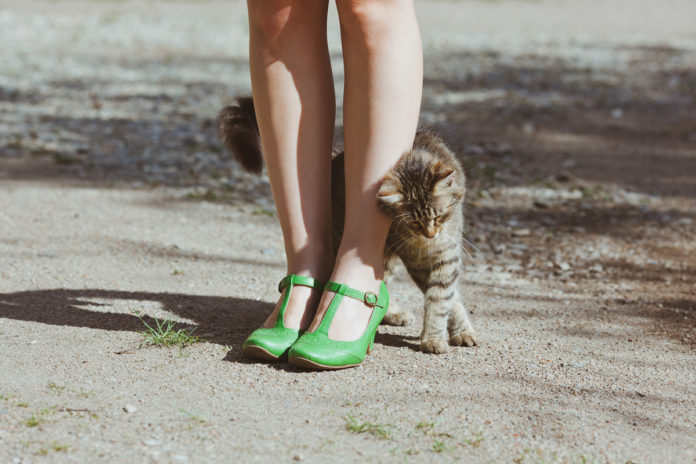
Cats like to rub against you for the same reason that they like to rub against furniture. Your cat “marks” with its fragrance. You are his human and he wants everyone to know it. Take it as a compliment! Your cat is proud to have you as the owner.
10. Kneading
When cats seem to knead you with their paws. This is a behavior from when they were kittens, when they kneaded their mother’s breast to stimulate milk production. It’s a soothing movement for cats that helps them feel calm! Sometimes, cats themselves will knead your body, which should comfort you. Your cat loves you, it’s always a good thing.
9. Claws on the Furniture

Your cat does not always realize that you have bought him some modules that have been specially upholstered so that he gets its claws and leaves your furniture and carpets alone. It does not understand why you scold it when it leaves a huge tear in your new leather sofa, because for him, it’s just another place to relieve his paws.
Since there is not much to do, the website animalaxy gives a home repellent recipe based on natural ingredients, not harmful for your hairy boyfriend.
Ingredients
- 50 ml hot water
- 3 tablespoons rosemary
- 3 tablespoons dried lavender
- 3 tablespoons cinnamon powder
Preparation
- In a large bowl, pour all your ingredients, mix them and let it infuse for 10 hours.
- Filter in pour into a spray bottle.
You just have to spray your mixture on the bottom of your sofa or on any other object that you want to keep away from your cat.
8. Uncovered poops

Cats are loved as pets because of their ability to care for themselves and this includes how they handle their excrement. So, when a cat does not cover his poop, it’s a sign of anger towards it’s owners. Cats are never awesome with authority figures, so they could do something like this after a situation that calls into question their dominant position.
7. Stirring Ears
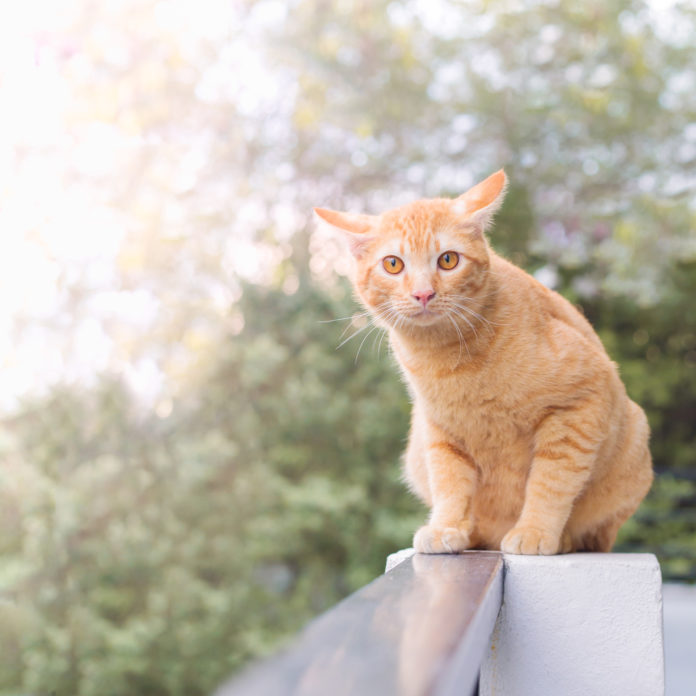
This action is to watch. Stirring ears are a sign of anxiety and / or restlessness and if so, you should leaving it alone. The following actions could be a little more unpleasant, including flight, spitting and more.
6. Staring at You With It’s Mouth Open
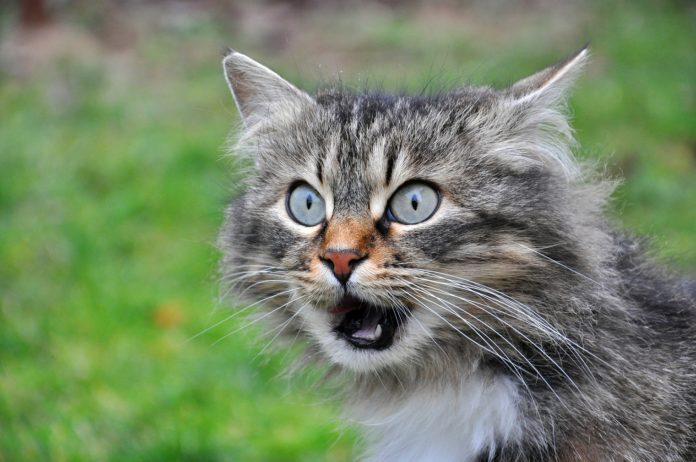
It’s a scientific action called “Flehmen’s answer”. The cat opens its mouth to feel through its palate, helping them to understand more complex perfumes than the nose can decipher itself. It might seem like your cat is rolling up his lips, but it’s doing something incredibly complex.
5. Meow!
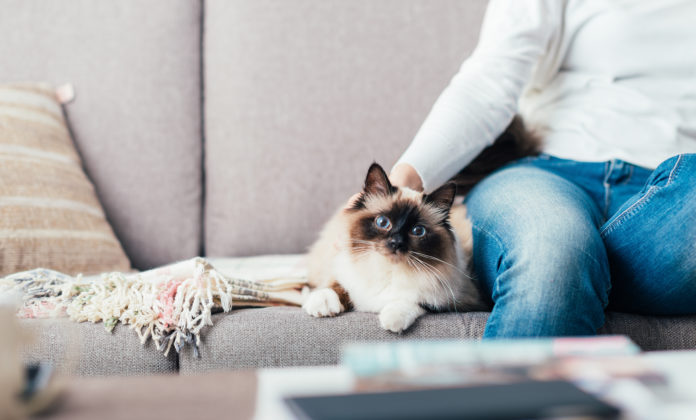
A little meow represents their way of saying hello and greeting you. It’s subtle, sweet and easy to understand. Cats will most likely chain this hi by rubbing against you. What a joy to come home!
4. Chatting
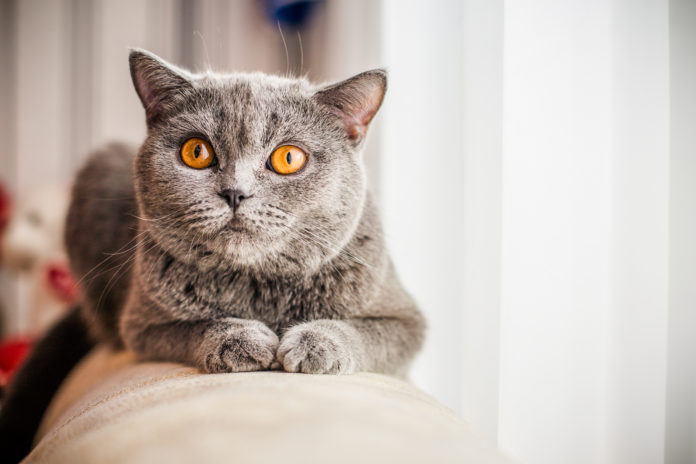
This is another sign of frustration when your cat is not able to get what it wants. It sounds a bit weird, but it’s a completely normal sound.
3. Relaxing on Your Computer
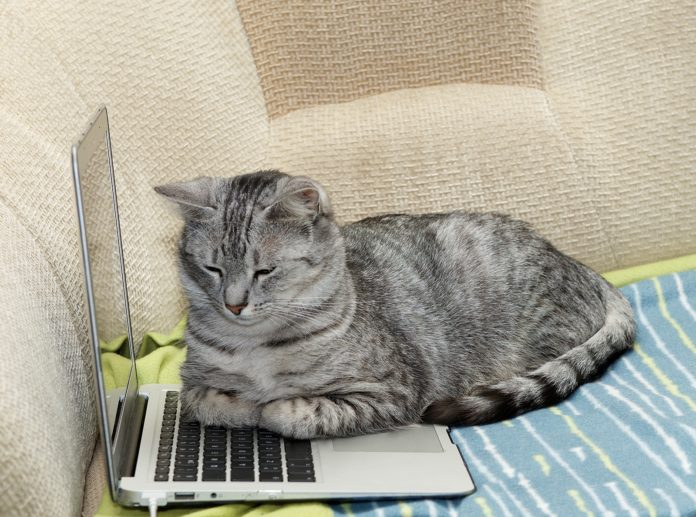
When cats want attention, they will do their utmost to get your attention, which involves expanding on your items and demanding that you play. It’s also a sign that they want to feel safe around you. Try to have your cat around when you are more relaxed to relax him too!
2. Sleeping on your chest

Restoring the sense of security, your cat likes to sleep on your chest because of your warmth to be able to feel your heartbeat! This is a sign that your cat feels protected against you. It can be somewhat uncomfortable to have a cat on your chest, but take it as a sign of love!
1. Mine only!
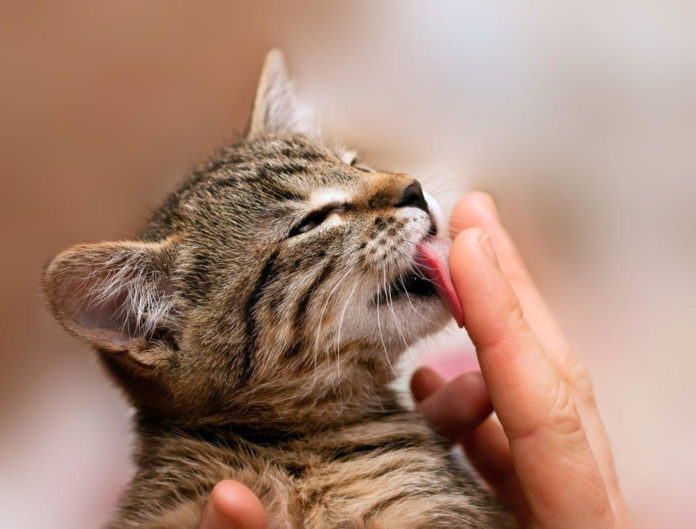
Licking is also a way to establishes its territory by marking things, animals and people with its scent, which tells intruders to stay away because it is someone else’s property. Cat moms lick their kittens to establish them as their own and your cat does the same to tell the world that you are his. Sibling cats or come from different litters, but get along pretty well together, will lick each other like a form of social bond. You lick is a gesture to bind you to each other.
Sources:
- petmd.com
- deshommesetdeschats.com
- matoucity.fr
- iheartcats.com
- shareably.co
- animalaxy


![[Photos] Why WD-40 Is Magic In Your Garden?](https://lifetonik.com/wp-content/uploads/sites/7/2019/08/WD40-Prices-Highres_Page_8_Image_0008-218x150.jpg)
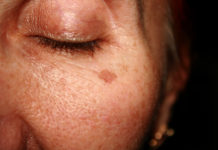




![[Photos] Take A Look Of The Obama’s New Home Before It’s Banned](https://lifetonik.com/wp-content/uploads/sites/7/2019/07/Obama1-218x150.jpg)

![[Slideshow] Celebrity Homes: 21 Of The Most Luxurious](https://lifetonik.com/wp-content/uploads/sites/7/2019/07/Taylor-Swift-218x150.jpg)
![[Slideshow] More Parents Are Now Gluing Pennies to the Bottom of their Kid’s Shoes](https://lifetonik.com/wp-content/uploads/sites/7/2019/07/Keep-Them-Entertained-218x150.jpeg)
![[Photos] 20 Fashion Mistakes That Too Many Women Make!](https://lifetonik.com/wp-content/uploads/sites/7/2019/07/5-style-mistakes-that-make-you-look-frumpy-featured-218x150.jpg)










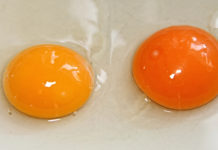
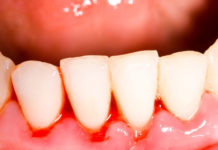







![[Gallery] 25 Discounts For Seniors To Which You Are Entitled Without Knowing It](https://lifetonik.com/wp-content/uploads/sites/7/2019/08/EAZxECUXUAAvNZR-218x150.jpg)
![[Slideshow] Here’s the salary of every governor in the United States](https://lifetonik.com/wp-content/uploads/sites/7/2019/08/Charlie-Baker-218x150.jpg)
![[Photos] No One Will Want To Buy This House After Seeing These Pictures](https://lifetonik.com/wp-content/uploads/sites/7/2019/08/terrible-real-estate-photos-2-5c35e727c9f95__700-218x150.jpg)



